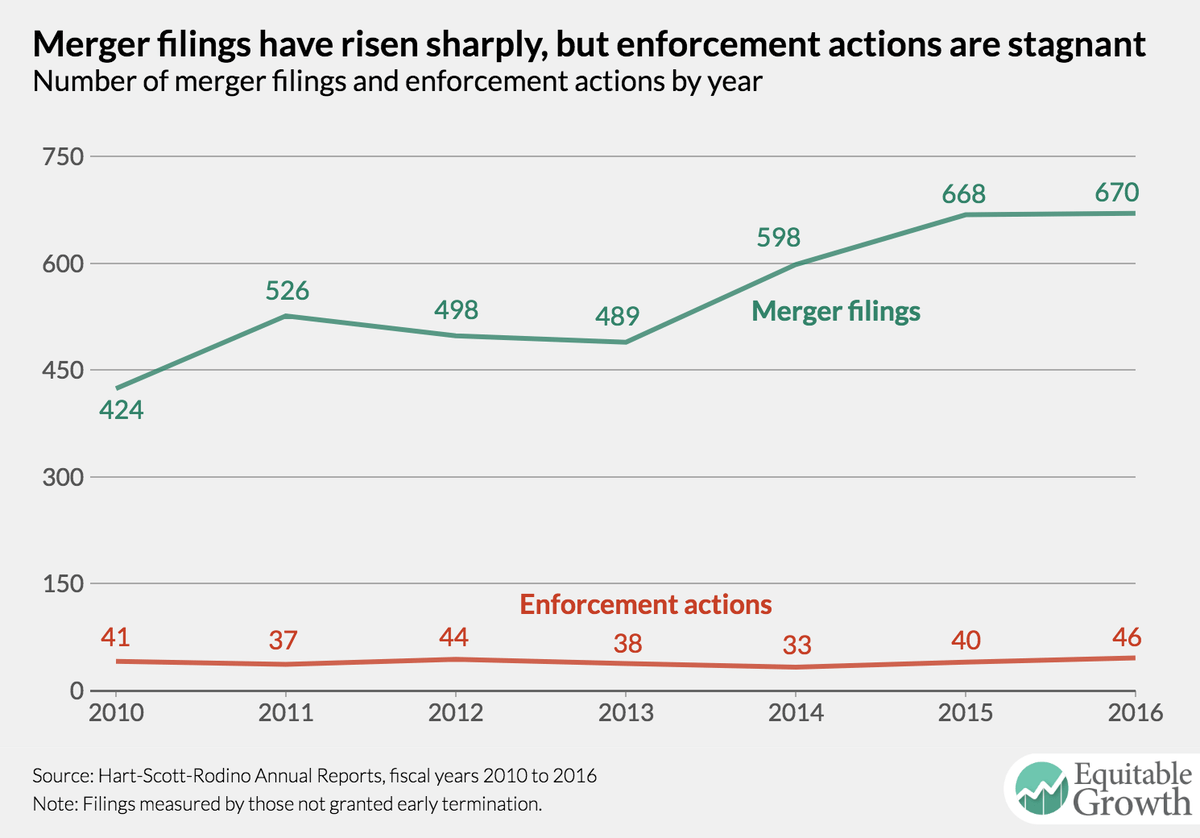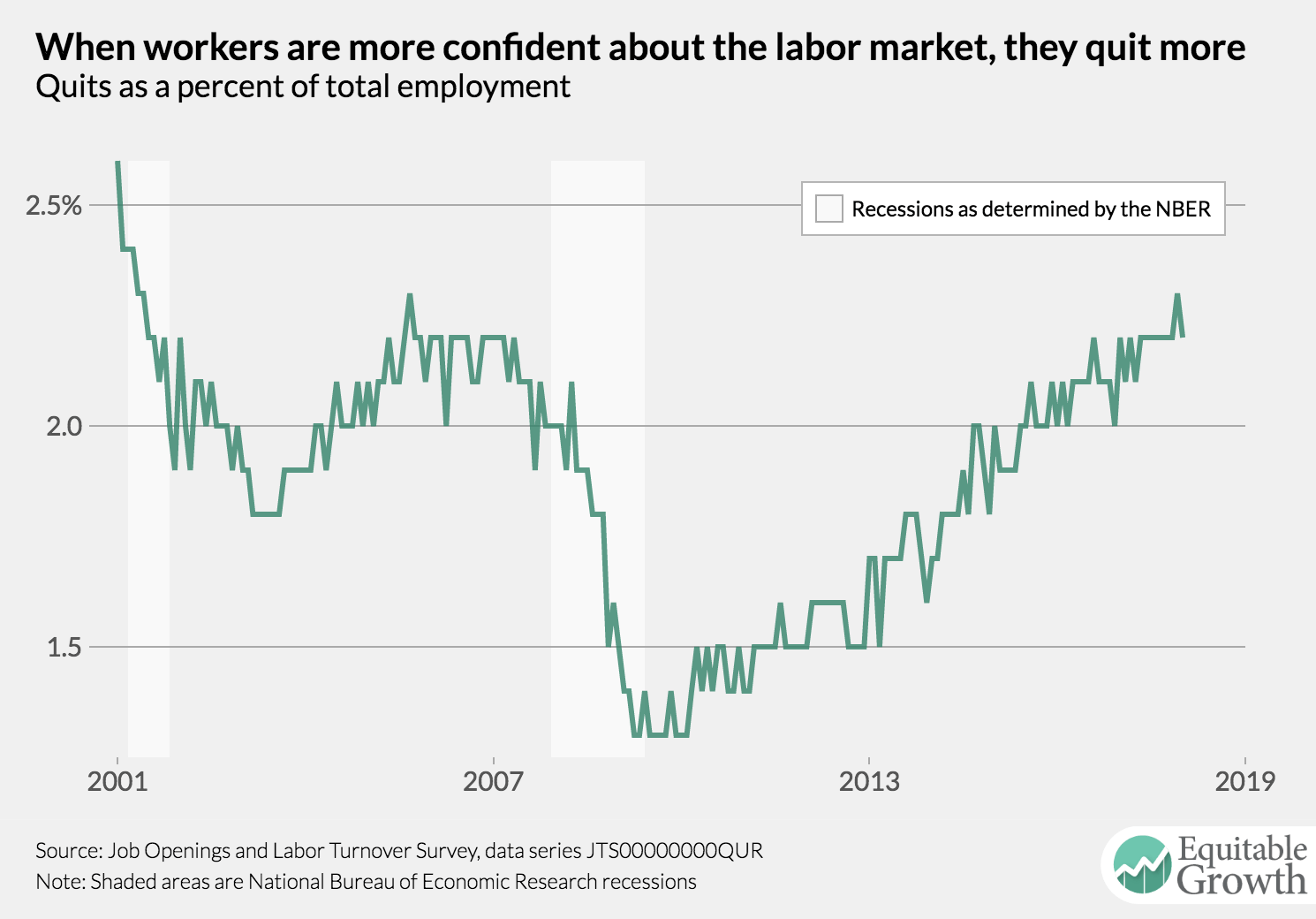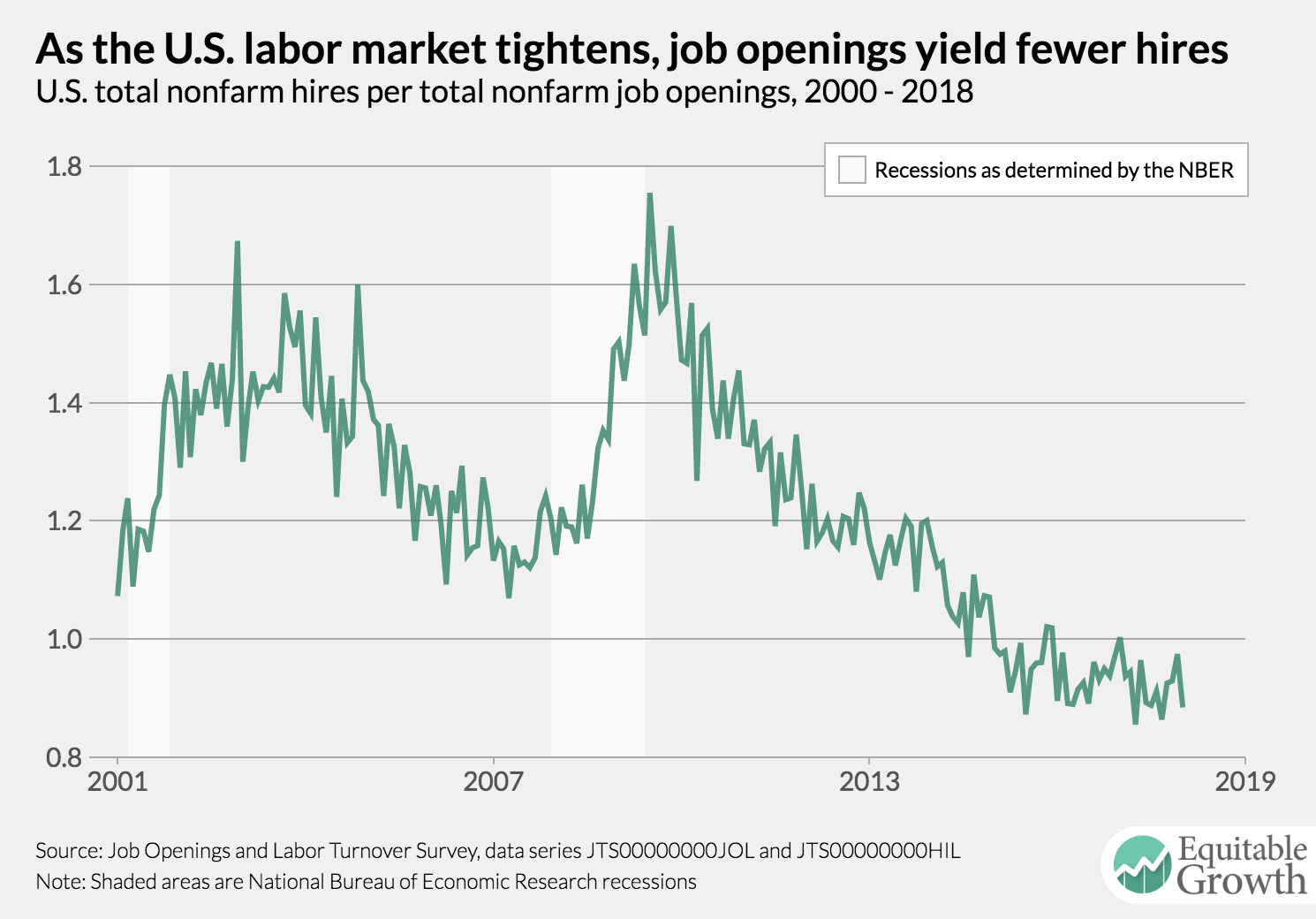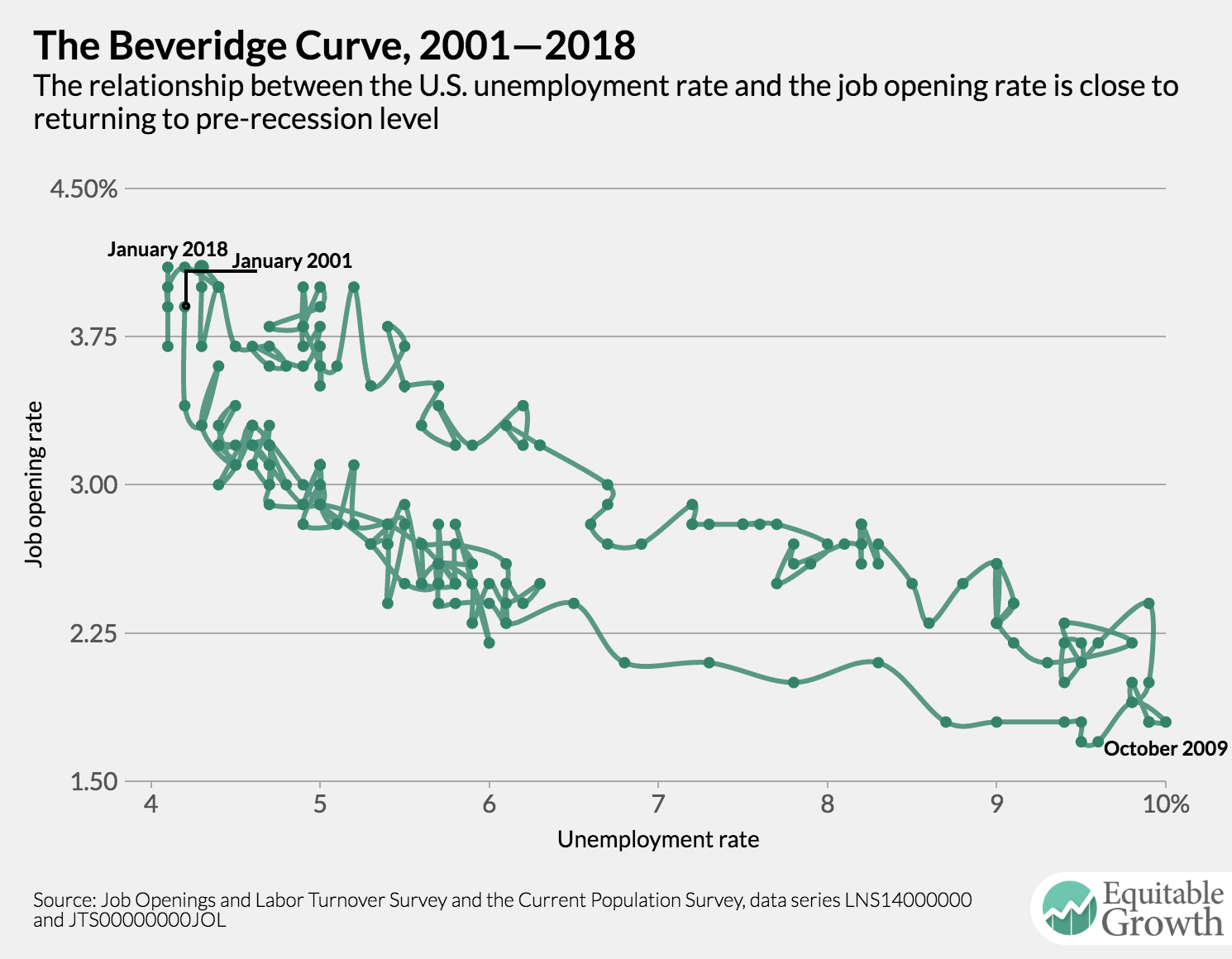…Josh Barro: No, I’m not. I worked in public policy think tanks for a few years before I did [political commentary], and I wrote specifically on state and local government finance. So the reason I got into writing about politics was to be able to write about some of those issues, where I felt like I was able to explain things more clearly than people might otherwise hear them explained, help them understand relatively complicated areas of policy and what’s a good idea or a bad idea. And our politics are just not very much about policy right now…. The news that we’ve had on the tariffs over the last week or so, if the president actually goes through with this policy, will have important economic effects, but there’s been a lot of time spent on, frankly, bullshit…. I go crazy when people debate the ins and outs of what Trump said about DACA policy. It just seems irrelevant to understanding how Washington, over these last 14 months, is actually working….
Isaac Chotiner: If I’ve ever read anyone who I’ve considered kind of a centrist technocrat, it would be you, which I would assume you would view as somewhat of a badge of honor, to be referred to as that. Or not. What do you think?
Josh Barro: I think centrist technocracy has not had a great decade…. And we’re still reckoning with this. A lot of the big mistakes were in monetary policy, especially in Europe. The eurozone, which was absolutely seen as a technocratic project, has been a disaster, especially for Southern Europe, and it’s been fueling a lot of these populist movements….
Isaac Chotiner: Is there something inherent in centrist technocracy that you’re likely to have these kinds of problems? For example, in the case of immigration, I guess you could say that the reason that no one wanted to enforce these things was because the interests involved didn’t want them to. I guess what I’m wondering is: Does this change your larger analysis of whether centrist technocracy can work, rather than just think, “Oh, various bureaucrats made stupid choices or choices that were politically unfortunate”?
Josh Barro: Why did you not have robust immigration enforcement? It’s partly because interest groups on both sides didn’t really want it. Businesses wanted to have cheap labor available to them, both legally and then also illegally. Part of the advantage of illegal immigration is that they don’t have to pay people minimum wage. They don’t have to follow labor laws. And then on the left, you had various reasons for wanting higher levels of immigration. Often, the people who might immigrate are relatives and associates of people who are already here. It’s perfectly reasonable that they want those people to be able to immigrate. There are also political effects. Democrats benefit from demographic change in the country. So basically you had two sides of the issue that were not motivated to enforce, and those interest group voices, especially the business community, are overrepresented in Washington…. As for whether a centrist technocratic government is possible that works well, we’ve seen some countries that have avoided these problems. Canada and Australia are good examples.
Canada has managed their immigration system very well, and they have a large number of immigrants….
Isaac Chotiner: I think the one that’s more shocking to me than the snobbiness—and I agree, there was a certain snobbiness to some of that—is the cruelty, which I still can’t quite get over, has not registered more with people. He’s just not nice.
Josh Barro: The weird thing about this, though, is he’s been like that forever. And yet, in his contexts, in business and entertainment, he was able to be like this and then turn on a dime and act like your friend again, and people would go along with it. It’s like he’s clearly having fun, and it’s like people halfway feel like they’re in on the joke. So obviously, I don’t think Mexican immigrants feel this way. But if you’re some celebrity who was feuding with Donald Trump, and he said horrible things about you, you didn’t take it quite as seriously as you would with some other people. And frankly, I think some voters have felt that way. He did about as well with the Hispanic community as Mitt Romney had done, which is not great, but it’s millions and millions of Hispanics went out there and voted for Donald Trump after all the things that he said. There’s something about him that allows him to be nasty and for people to not react in the same way that they would react if a normal person was that nasty.
Isaac Chotiner: Before the campaign especially, there was a twinkle in his eye about some stuff. If you ever go back and listen to him on Howard Stern, there’s some sense that he has an understanding of himself as a character and could find humor in that. I find that to be less and less the case now. I don’t feel like he looks like he’s having fun. Occasionally, like with his tweet about the Oscars, saying I’m the only star…. It was funny and self-aware, exactly. And I find the self-awareness aspect of himself as a character to be less and less a part of him now.
Josh Barro: I think it’s two things. One is that the cruelty appeals to some people, and it fits in with the message of basically, “They’ve been taking advantage of you, and I’m not going to let them take advantage of you anymore.” He demonstrates strength through cruelty, which I think is ridiculous, but it appeals to some number of people. But then the other thing to remember is that Donald Trump is not popular. So I think most people do have the reaction to this that you have to it. So if you’re asking, “Am I taking crazy pills?,” it’s no. Most people agree with you…





